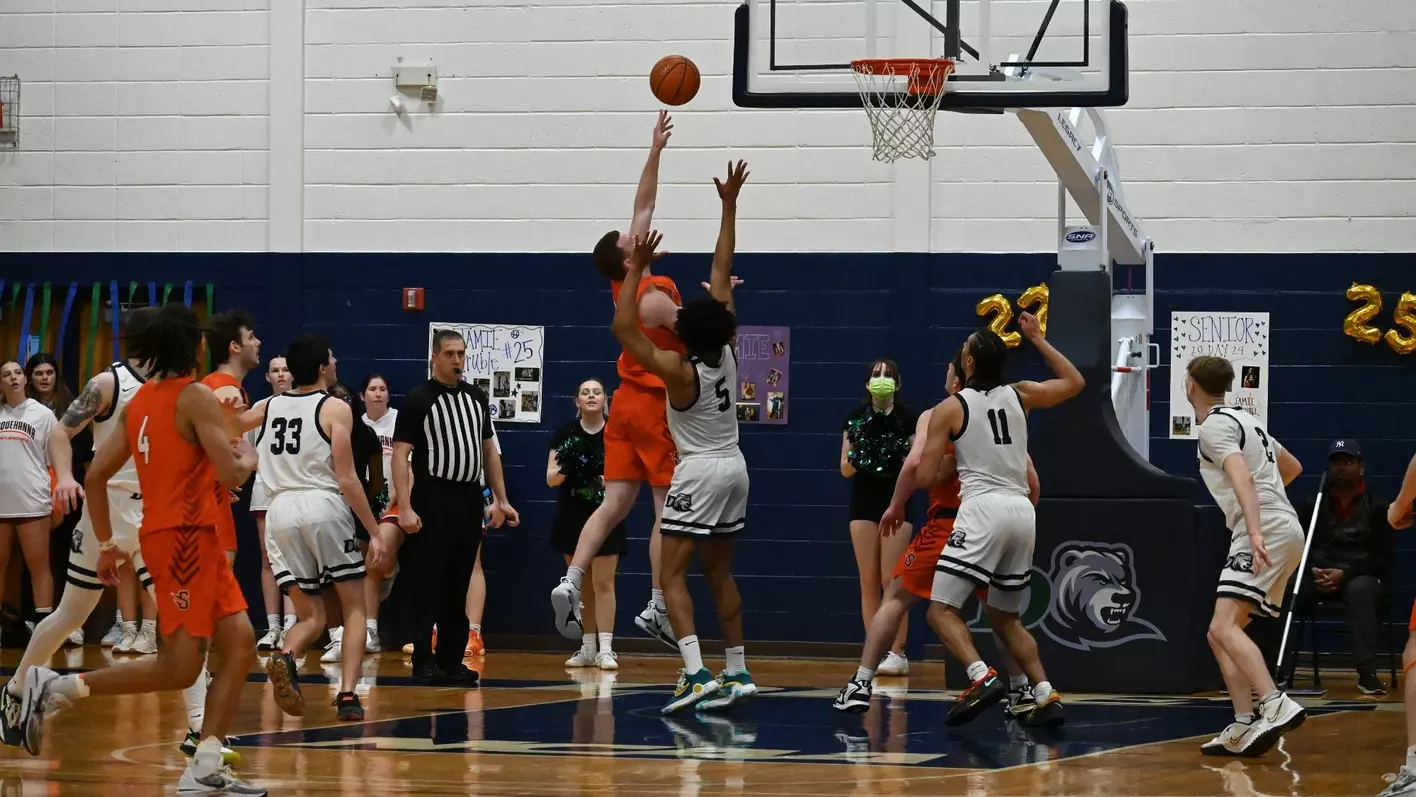In today’s NBA, data-driven coaching is no longer a luxury—it’s a necessity. The use of advanced analytics has transformed how teams strategize, prepare, and make in-game decisions. Coaches like Erik Spoelstra, Steve Kerr, and Tyronn Lue are at the forefront of this analytical revolution, using cutting-edge stats to give their teams a competitive edge.
1. Data-Driven Play Calling
Coaches now use analytics to inform their offensive and defensive schemes, tailoring playbooks based on the strengths and weaknesses of both their team and their opponents. Erik Spoelstra, head coach of the Miami Heat, is known for his data-driven approach to maximizing player efficiency. Spoelstra relies on shot-chart data to ensure his players are taking high-value shots, such as corner three-pointers or efficient looks near the basket, while minimizing mid-range attempts, which tend to have lower success rates.
Analytics also guide defensive strategies. Coaches like Steve Kerr of the Golden State Warriors use defensive data to adjust matchups, focusing on player tendencies and shooting patterns. Kerr’s staff frequently monitors player movement and shooting zones to design defenses that limit opposing teams’ efficiency, forcing them into low-percentage shots.
2. Player Rotation and Load Management
One of the most significant ways analytics has influenced the NBA is in player rotation and load management. Tyronn Lue, head coach of the Los Angeles Clippers, has been at the forefront of managing star players’ minutes to reduce injury risk and ensure peak performance during critical moments. Advanced stats on player exertion, heart rate, and fatigue levels allow coaching staffs to monitor when players need rest, even within games, to maximize their productivity.
By carefully analyzing player performance data, teams can design rest and rotation patterns that optimize their stars’ impact in the playoffs. This has been particularly important in keeping older players like LeBron James and Kawhi Leonard fresh for the postseason.
3. Maximizing Player Roles
Advanced analytics also help coaches optimize player roles by identifying their strengths and weaknesses. For instance, Erik Spoelstra uses efficiency metrics to assign roles on his team that maximize individual players’ contributions. Players who excel in transition offense or corner three-point shooting are given opportunities in those specific scenarios, while defensive specialists are tasked with matchups that align with their skill sets.
Steve Kerr uses player-tracking data to identify which combinations of players work best together. These lineups are carefully calibrated to maintain defensive integrity and offensive flow, even when bench players are on the court. By relying on advanced statistics, Kerr has been able to develop deep rotations that can adapt to various in-game situations.
4. In-Game Adjustments
During games, coaches rely heavily on real-time data to make quick adjustments. Tyronn Lue is known for his in-game adaptability, using analytics to monitor shot quality, defensive efficiency, and rebounding margins. Lue’s teams adjust defensive strategies on the fly, often switching schemes based on real-time statistical input, whether that means employing zone defense or making targeted double teams to disrupt opponents’ flow.
Real-time data also allows coaches to exploit mismatches. Steve Kerr frequently shifts his offense to isolate weaker defenders, using statistical breakdowns of opponent tendencies to create scoring opportunities for his team.
Conclusion
In 2024, advanced analytics are a crucial tool in every NBA coach’s toolkit. Data is being used to optimize everything from shot selection and player rotations to defensive matchups and in-game strategy adjustments. Coaches like Spoelstra, Kerr, and Lue are leading the charge, demonstrating how the right use of analytics can shape not only a game but an entire season. As technology continues to advance, expect analytics to play an even bigger role in the future of basketball coaching.






